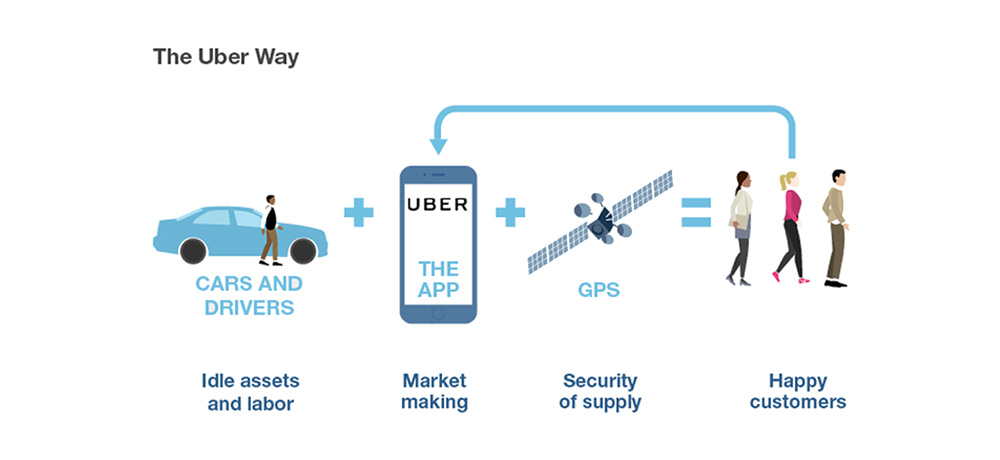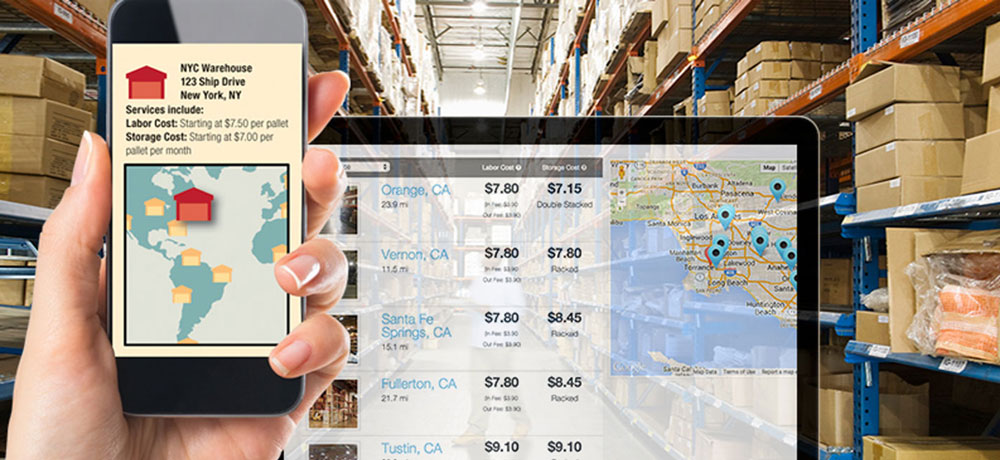



An On-demand delivery solution can truly change the face of an enterprise. It has some huge upside potential to increasing revenues and decreasing the distribution costs for a business (Link to the first blog). But not many realize the gains due to a few common misconceptions revolving around UBER-isation of businesses. Based on our experiences, here are the top 5 most common faulty thought processes/assumptions/mistakes that businesses make while implementing an UBER like solution for On-demand delivery of services.

First and foremost, the basic requirement for implementing an UBER-ised delivery solution is the having the following:
Having these three in place solves the problem only at the superficial level. There is a lack of a robust optimization algorithm that can effectively supervise and take care of contingency issues in delivery. Thus, the real gains of reduced distribution costs and complexity is not achieved.
This is a classical example of an assumption made due to the inability to think empathetically putting yourself in the user’s shoes. The wrong assumption made is that the delivery agents will start using the newfound mobile application and will adapt to the new technology intervention that has been made in their daily workday. The right guidance to the delivery staff with the right reward based incentives will what enable a successful implementation. Ultimately, the efficiency of the last mile delivery staff is what determines the quality of the delivery.
User adoption is one of the keys to unlicking the true potential of a technology solution. The hard truth is that, most of the best IT rollouts, with every single technical issue resolved, fail due to not being able to get the customers on board to use the tech.


Many a times distribution businesses, use their workforce to make route plans and schedule the routes for their delivery agents. Such a traditional approach works well for small number of delivery agents and destinations. But in the case of an UBER-ised delivery solution, with many constraints and complexities, using your workforce to plan the routes would be a grave mistake. An efficient way of working with such a scenario is to use an optimization engine to handle route optimization and the supervision, while reserving the workforce to handle contingency plans during delays and deviations in delivery.
Imbalance in demand and supply will eventually lead to customer dissatisfaction and that is the last thing you would want to have on your list of issues to be resolved. This method of fulfilling the demand when there is an acute shortage of it, using a premium delivery option works as an added source of revenue to the business implementing the solution. The bonus here is that the customer’s demand is also fulfilled leading to customer satisfaction. Companies like lyft have been successful due to this very feature that works as a back bone of its entire operation.
Thus avoiding these 5 mistakes will prove to be highly beneficial in implementing a seamless on-demand delivery solution.